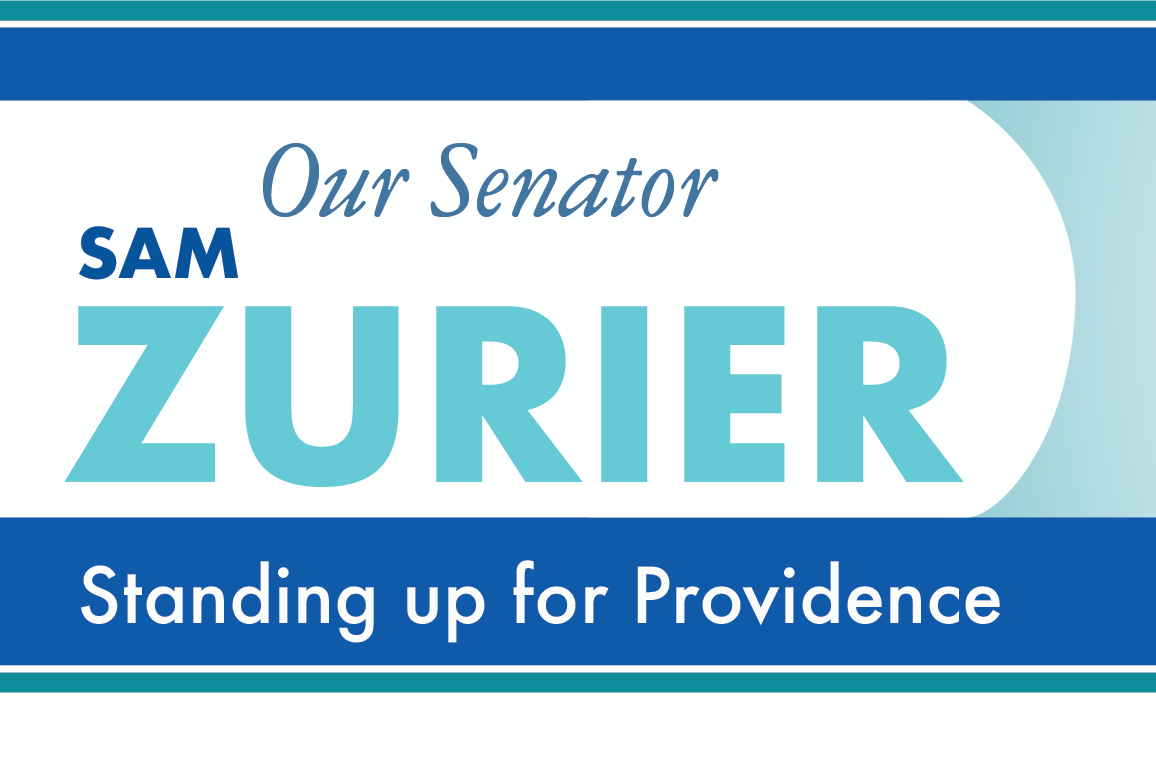Dear Neighbors:
For the baseball fans among us, I join you in looking forward to the World Series that starts tonight. To help you get ready, I recommend a documentary called “1955: Seven Days of Fall,” recounting that year’s David (Brooklyn Dodgers) vs. Goliath (Yankees) classic. You can see the trailer by clicking here, and stream the movie on Amazon and other sites. While this year’s matchup is less David vs. Goliath and more King Kong vs. Godzilla, I found this piece of history to be fascinating. In today’s letter, I will discuss the remaining State bond questions on our November ballot.
a. Question No. 4: $53 million Green Bond
Ballot Question 4 requests voter approval for bond funding for these projects:
- Port of Davisville Infrastructure at Quonset ($15 million),
- Flood prevention and coastal habitat resiliency ($2 million),
- Brownfields remediation and economic development ($5 million),
- Local recreation facilities ($5 million),
- Local improvements to infrastructure, coastal habitats, and rivers and stream floodplains ($10 million),
- Newport Cliff Walk ($3 million),
- Agriculture Land Preservation Commission ($5 million),
- Open Space Program ($3 million), and
- Forests and habitat management ($5 million).
Of all of the questions on this year’s ballot, I find this one to be the most challenging, because it lacks a clear unifying theme for its various components. The $15 million investment to improve the Davisville port promotes economic development (as does the $5 million for brownfields remediation), while other proposals are aimed at preserving natural habit (such as $5 million for agricultural land preservation, open space ($3 million) and forest/habitat management ($5 million) or local parks and recreation ($5 million plus $3 million for the Cliff Walk). I believe it would have been better to present these different types of projects in separate bond requests, rather than combine them into a diverse bundle. I would have preferred for voters to have the choice of these projects in separate, smaller and more coherent bonds, but I will be voting to approve Question 4 because I believe each of the components in this package is worthy of public investment.
b. Question No. 5: Cultural Economy Initiatives ($10 million)
Question 5 seeks voter approval for a $10 million bond to support these cultural institutions:
| Organization | Bond Proceeds | Proposed Use |
| Trinity Repertory Company | $2 million | Renovations to the Trinity Repertory Company to transform accessibility in the historic Lederer Theater Center, in Providence. |
| Newport Contemporary Ballet | $2 million | Construction and development of the organization’s Center for Arts, Dance & Education. |
| Tomaquag Museum | $2 million | Construction of a new facility at the University of Rhode Island’s Kingston campus. |
| Rhode Island State Council on the Arts | $2 million | For 1:1 matching grants to be allocated by RISCA to cultural organizations which lease or own their performance space, and for RISCA expenses in administering the program. |
Towards the end of this past year’s session, a coalition of Rhode Island cultural institutions urged the General Assembly to allocate $18 million of uncommitted federal funds to support the Rhode Island Creative Futures Fund. They argued that when many of the State’s premier nonprofit performance venues closed their doors during the pandemic, they did not receive State support that was provided to for-profit businesses, resulting in deficits that threaten their continued operations. As noted in my May 26 letter, I found their case to be persuasive, and listed this budget item as one my top priorities. Unfortunately, the General Assembly did not choose to add the Creative Futures Fund to the budget.
Many organizations (such as the Philharmonic) will not receive substantial funding under Question 5 if approved; nevertheless, I believe that this bond is a useful step in the right direction which I hope will help sustain important components of our State’s rich cultural heritage.
